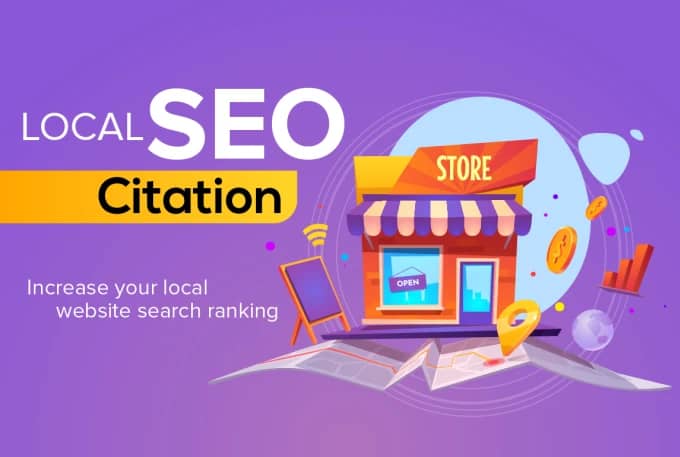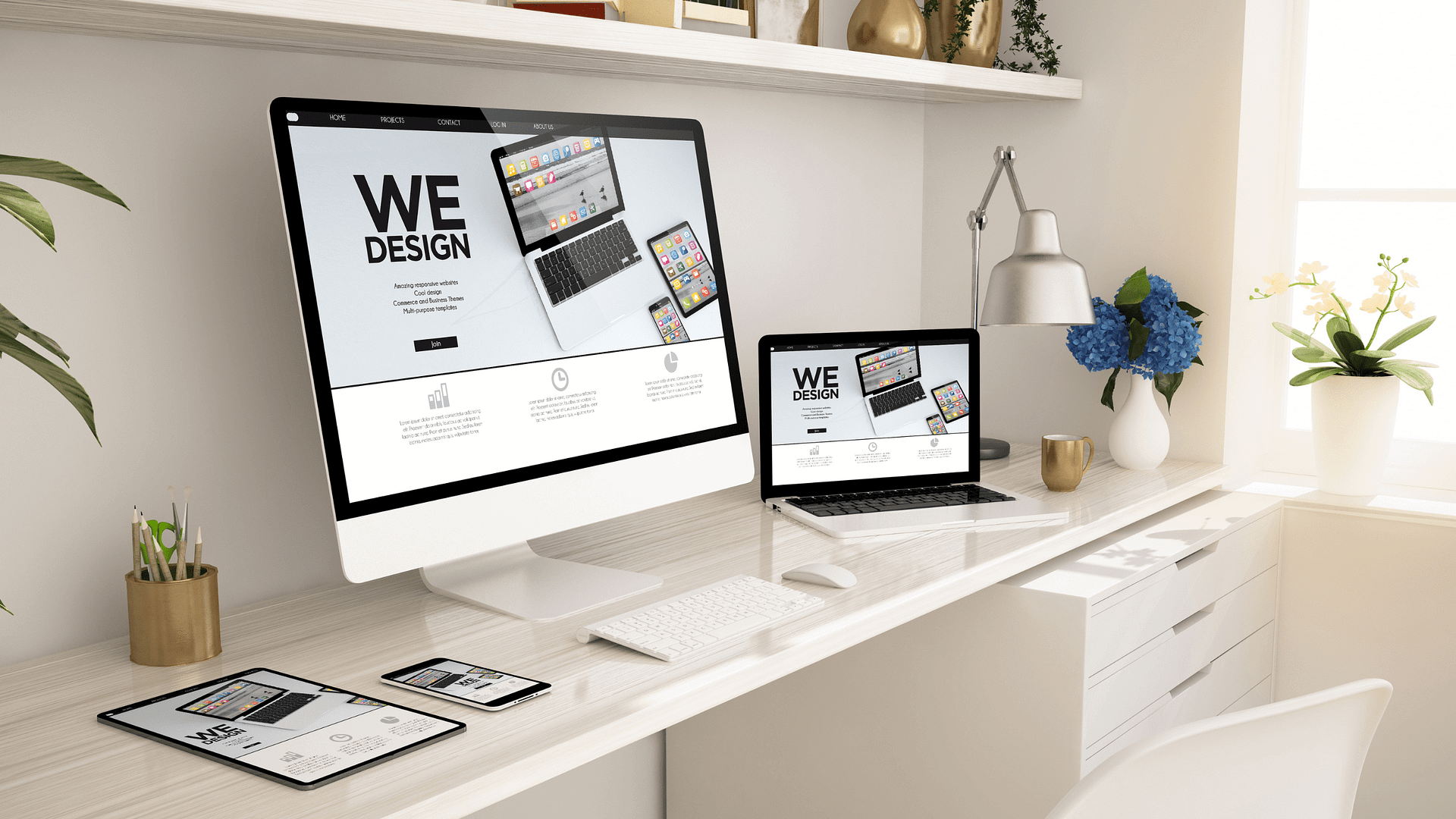B2B Web Design Process: Building a Successful Business Website
In the digital age, a well-designed website is an essential tool for any business, especially in the B2B (Business-to-Business) sector. A successful B2B website can significantly impact a company’s growth and success. However, designing a B2B website is not just about aesthetics; it involves a structured and strategic process. In this article, we will explore the key steps involved in the B2B web design process.
1. Understanding Business Goals and Target Audience
The first step in the B2B web design process is to gain a comprehensive understanding of the business’s goals and objectives. The website should align with the company’s overall marketing and growth strategy. Additionally, identifying the target audience and understanding their needs, preferences, and pain points is crucial for designing a website that resonates with potential clients.
2. Research and Competitor Analysis
Thorough research and competitor analysis are vital in gaining insights into the industry landscape and understanding what other players are offering. Analyzing competitor websites helps in identifying best practices, differentiators, and areas of improvement for the B2B website being developed.
3. Information Architecture and Wireframing
Creating a clear and logical information architecture is the next step. This involves planning the website’s structure, including navigation menus, page hierarchy, and content organization. Wireframing is a visual representation of the website’s layout and helps in outlining the placement of various elements and functionalities.
4. Design and Branding
The design phase focuses on the visual elements of the website. B2B web design should reflect the company’s branding, including the logo, color palette, and typography. The goal is to create a professional and cohesive look that aligns with the brand’s identity.
5. Content Creation and Optimization
Content is a crucial aspect of any B2B website. The content should be informative, engaging, and optimized for search engines. Including relevant keywords and industry-specific terms helps in improving search engine visibility and attracting the target audience.
6. Development and Coding
Once the design and content are finalized, the development phase begins. Web developers use coding languages such as HTML, CSS, and JavaScript to bring the design to life and make the website functional. During this phase, developers also ensure that the website is responsive and works seamlessly across different devices and browsers.
7. Testing and Quality Assurance
Thorough testing is essential to identify and rectify any bugs, errors, or usability issues. Quality assurance checks ensure that the website functions as intended and provides an optimal user experience.
8. Launch and Deployment
After successful testing and approval, the B2B website is ready for launch. During the deployment phase, the website goes live and becomes accessible to the public.
9. Post-Launch Monitoring and Maintenance
The B2B web design process doesn’t end with the launch. It is crucial to continuously monitor the website’s performance, user behavior, and conversion rates. Regular updates and maintenance are necessary to keep the website current, secure, and aligned with evolving business needs.
Conclusion
A well-executed B2B web design process can result in a powerful and effective business website. By understanding business goals, researching the market, and following a structured approach to design and development, companies can create a website that attracts their target audience, establishes trust, and drives business growth. Regular monitoring and maintenance ensure that the website remains a valuable asset in the competitive B2B landscape.










